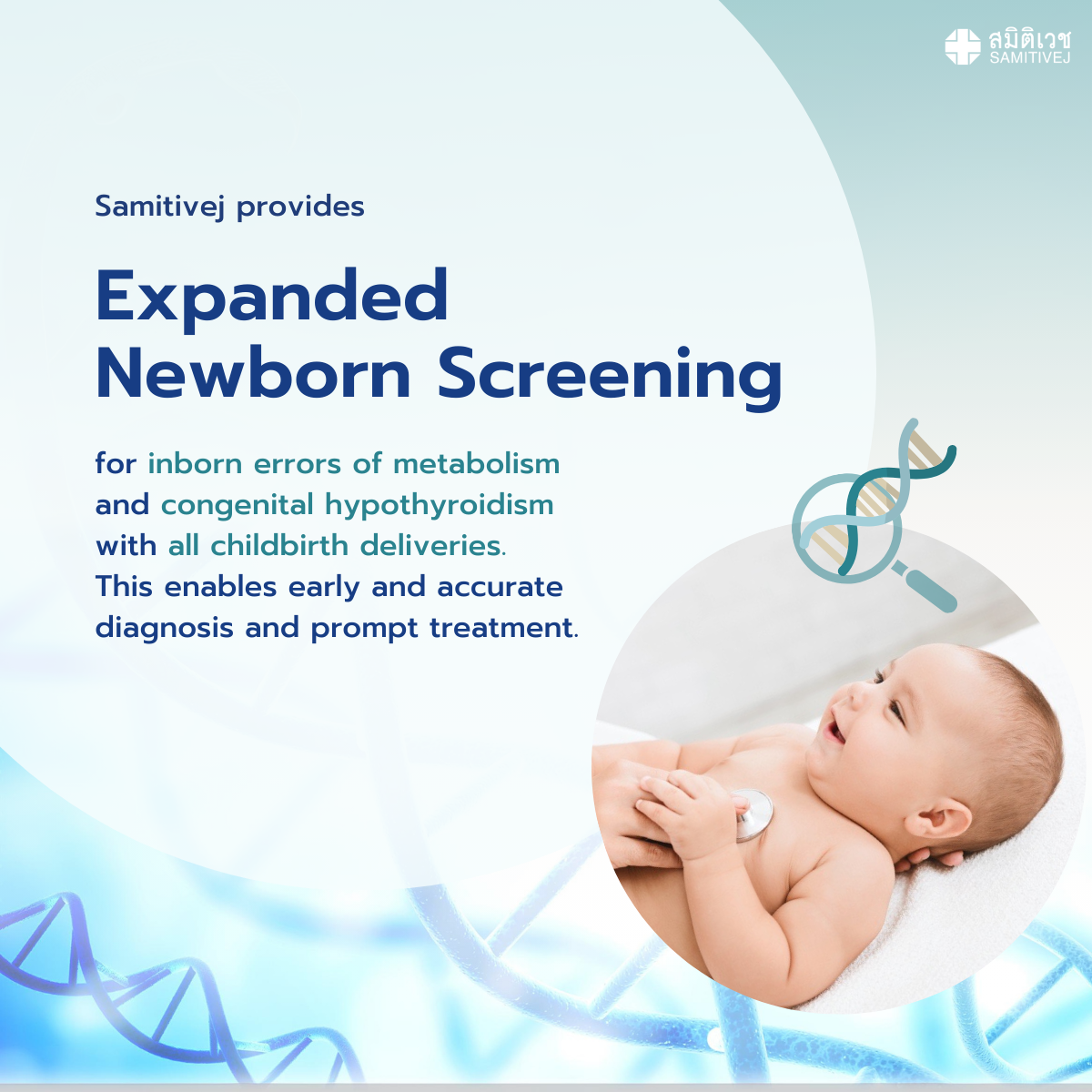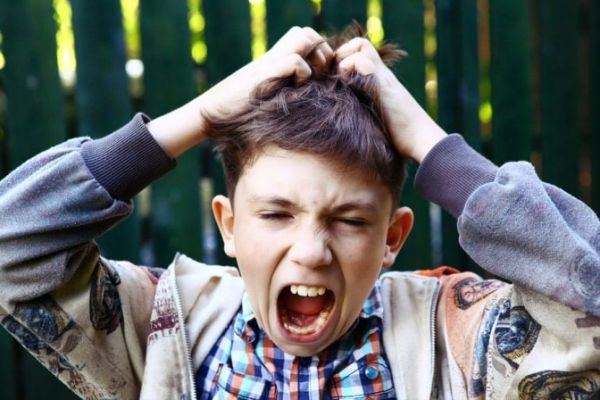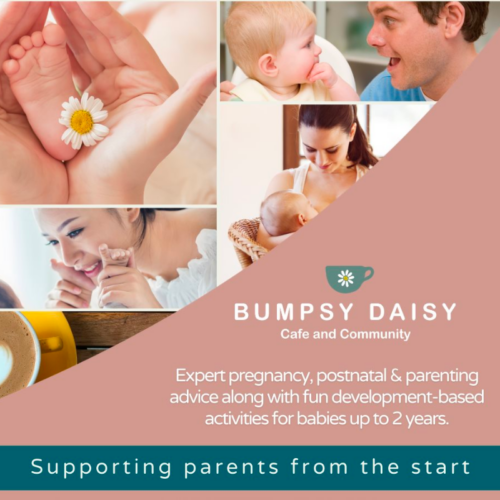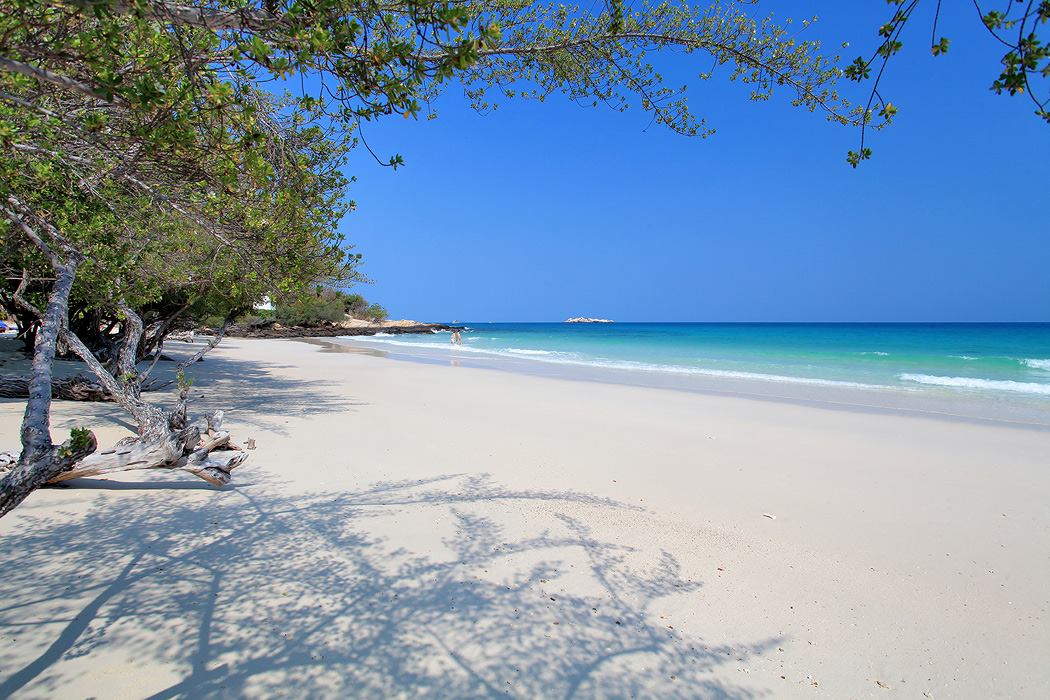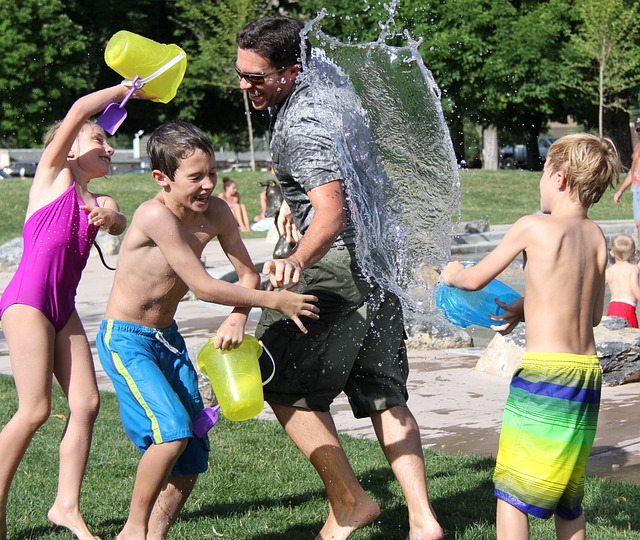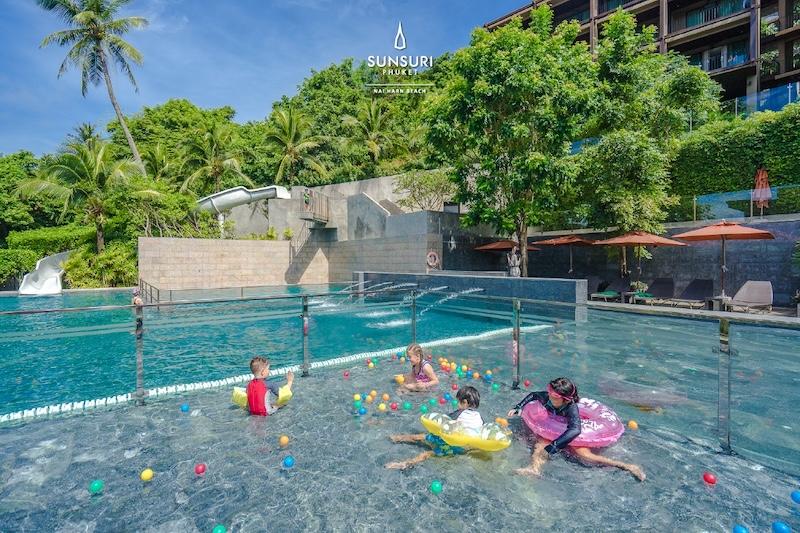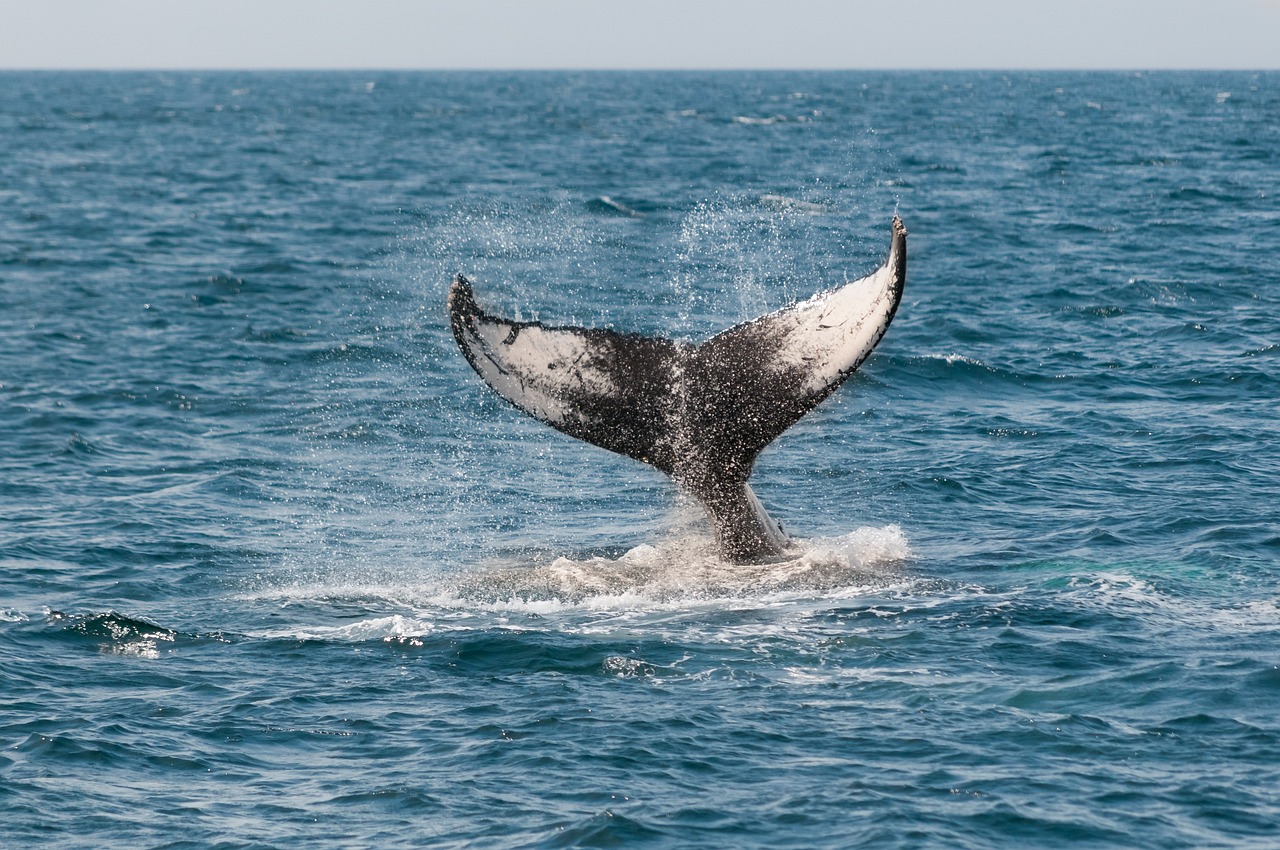Yes, head lice are gross, but don’t panic! They are a nuisance for sure, but definitely not a health hazard — and certainly not an indication of your household’s level of cleanliness, despite the stigma that surrounds lice. They are a very common problem, especially for kids with long, thick hair. If your child caught lice, consider it a bout of bad luck. Here are some tips on dealing with these annoying little parasites.
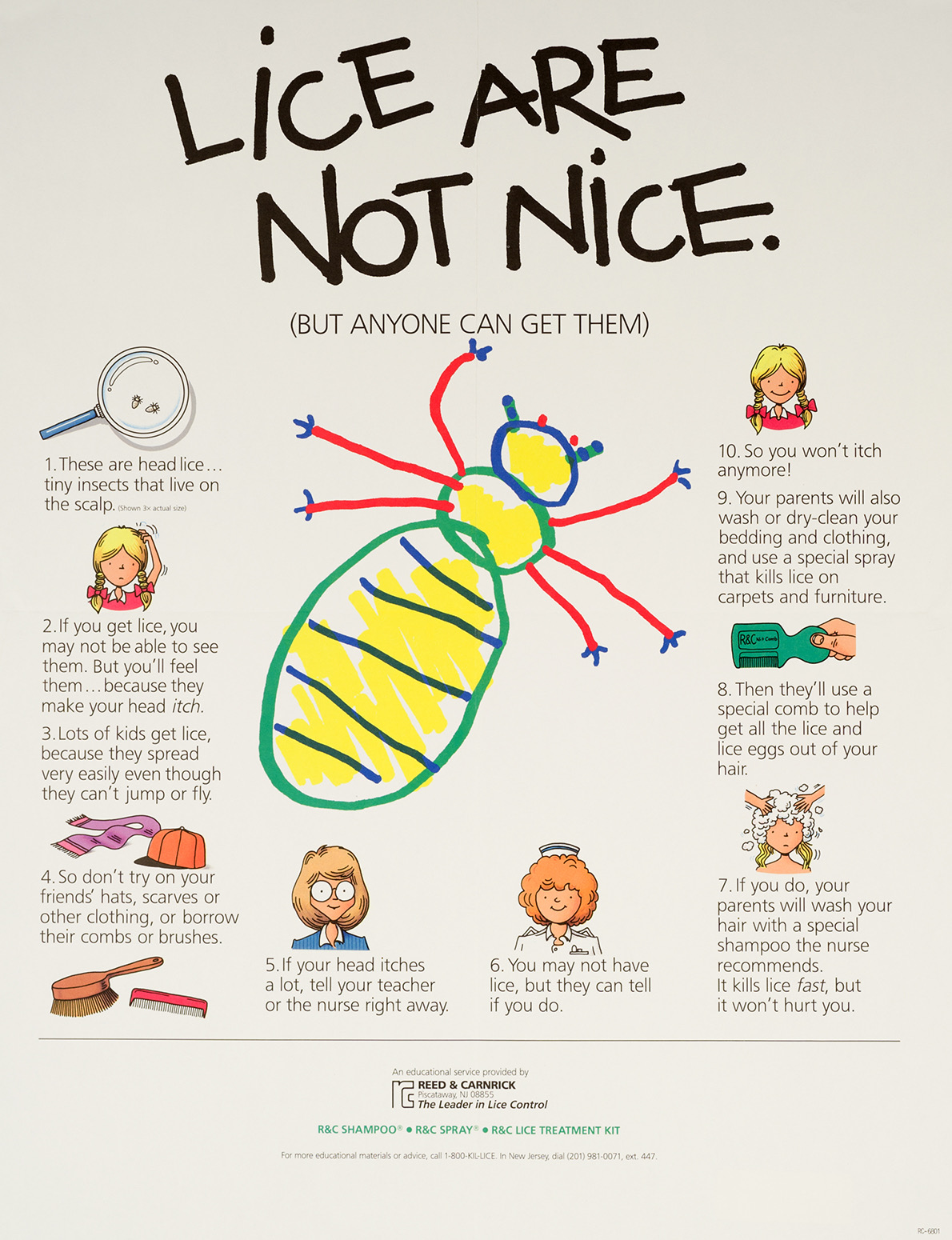
Finding Head Lice
How do you know if your child has head lice? You should be able to see the lice or nits (eggs) by parting your child’s hair on the scalp, including behind the ears and around the nape of the neck. A fully grown louse is about the size of a sesame seed. Nits are tiny white, yellow or brown specks firmly attached to an individual hair. Your child may or may not feel itchy.
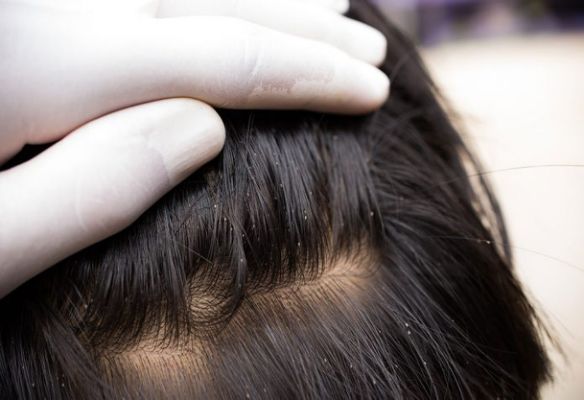
Lice are contagious and can spread quickly, especially in places like schools. So, if your child comes home with them, keep your child away from school until you begin at least one round of treatment to kill the lice, their nits and eventually break their life cycle. Also, let your child’s school know, so they can determine if there is an outbreak and take appropriate measures to clean affected spaces.
Knowing the life cycle of the lice helps. As an adult female can lay up to 8 nits per day; they hatch within 1 to 2 weeks after they are laid and are known as nymphs. Nymphs can’t lay eggs yet, and take 1 to 2 weeks to mature into adult lice, which can live up to 30 days on a person’s head. As parasites, they must feed on the host’s blood; without a host, the louse will die within 2 days. Don’t worry too much about your home environment. Definitely wash the bedding, vacuum sofas and rugs, and isolate kids’ soft toys in a plastic bag for a week or two, but no need to go overboard. It’s more important to focus on ridding your child’s head of lice and nits.
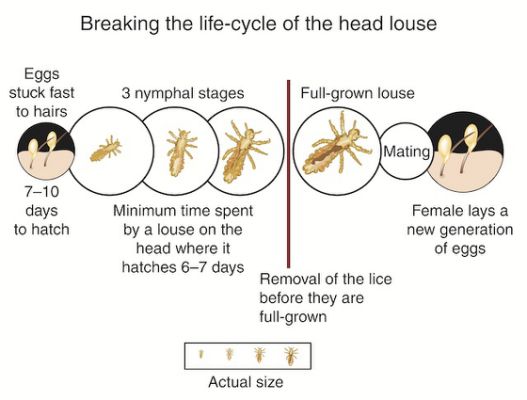
Treatment for Head Lice
Lice don’t jump, contrary to popular belief. They crawl, so caution your child against any head-to-head contact with a sibling and/or friends. Also, there should be no sharing of clothing, bed linens, combs, brushes and hats. And if you have pets like dogs or cats, don’t worry. Head lice cannot be passed to them (and vice versa).
In Bangkok, you can easily find topical OTC remedies like Hafif and Outcome, which are shampoos, at the pharmacies. They usually contain permethrin, a type of pesticide, to kill the lice. You would have to decide if you are ok with applying this toxic substance to your child’s head, taking their age in consideration; most likely, more than one application is needed, spaced 7 to 10 days apart to kill any newly hatched nits.
For more natural remedies, try soaking your child’s head in a vinegar-water solution for 15 minutes (then washing it out with regular shampoo). Vinegar is good at loosening the nits that are firmly attached to the hair shaft, and it may kill nymphs. To kill adult lice, other remedies include saturating the hair with olive oil and leaving it on for around 8 hours to suffocate the lice. You can also use tea tree essential oil (available at pharmacies); add 10 drops of tea tree oil to 60ml of regular oil (vegetable or olive oil). Coat the hair well, and leave on for about 3 hours.
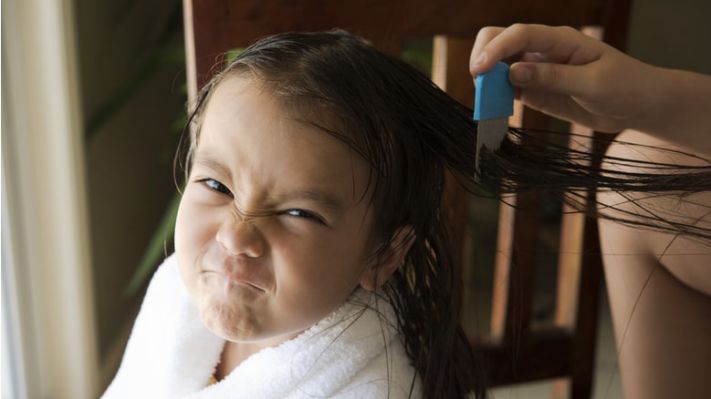
Combing is key. Immediately after any kind of treatment, comb your child’s hair with a dedicated nit comb, which comes with the lice shampoos, to remove dead lice and nits. Metal combs are more effective, and available from websites like Lazada. There’s also a nifty electric comb that works to vacuum the lice off of hair; it’s also available on Lazada.
Once your child has been treated for lice, preventative measures can be taken using tea tree oil. Add 2 to 3 drops of oil per ounce of water in a small spray bottle. Shake well, spray on hair and style as usual. Essential oil-based preventative shampoos and sprays can also be bought from websites like iHerb.



